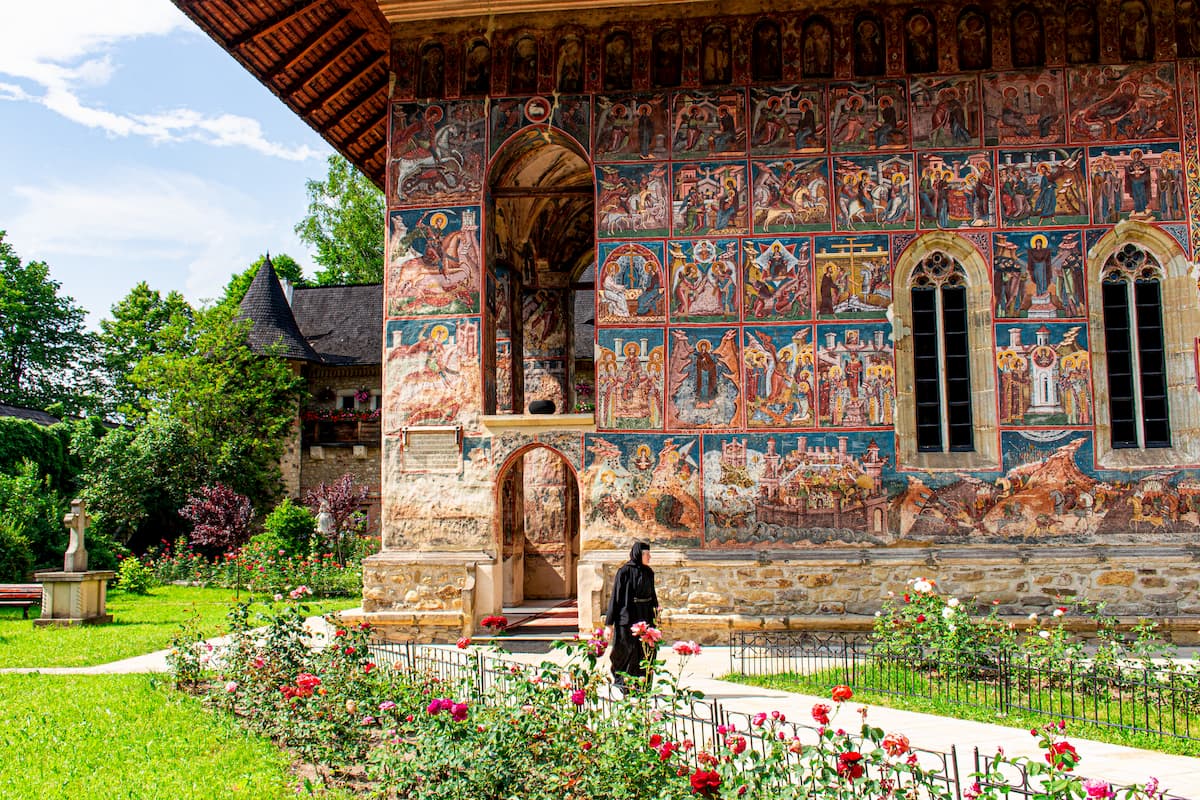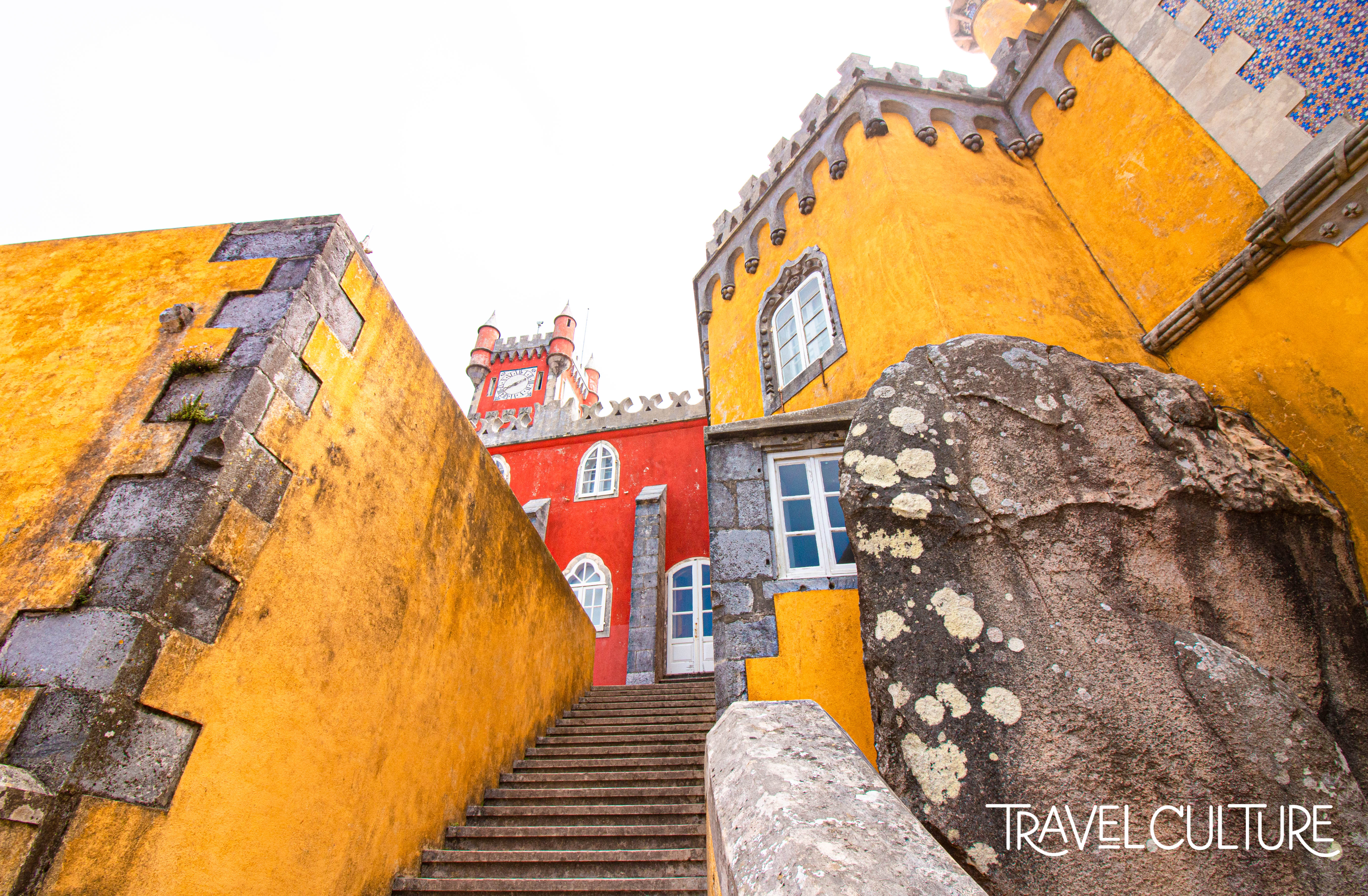Romania
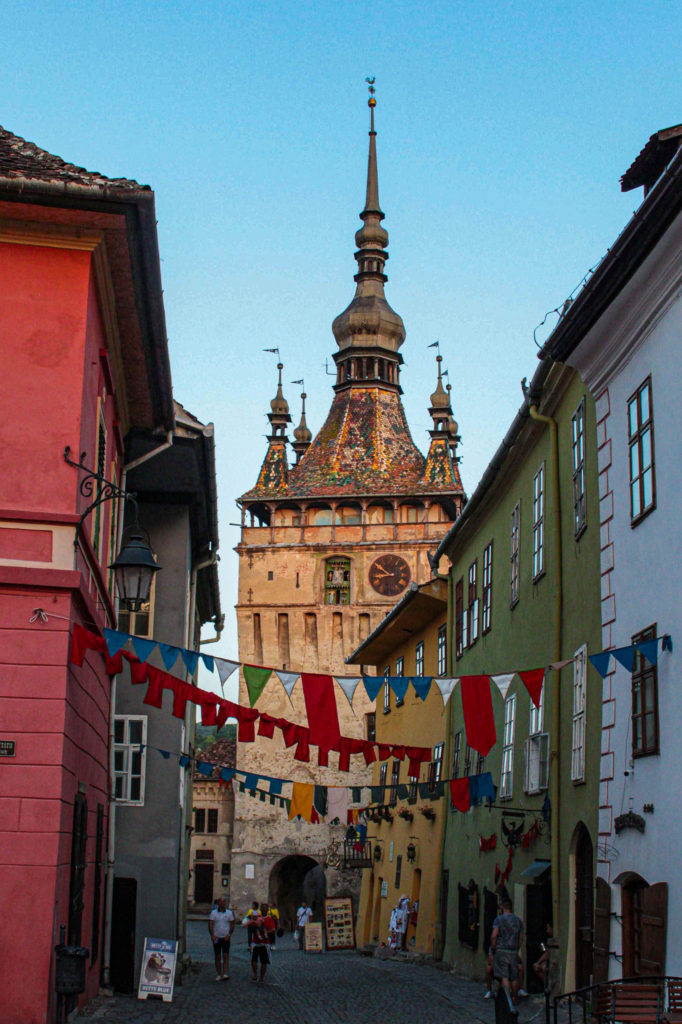
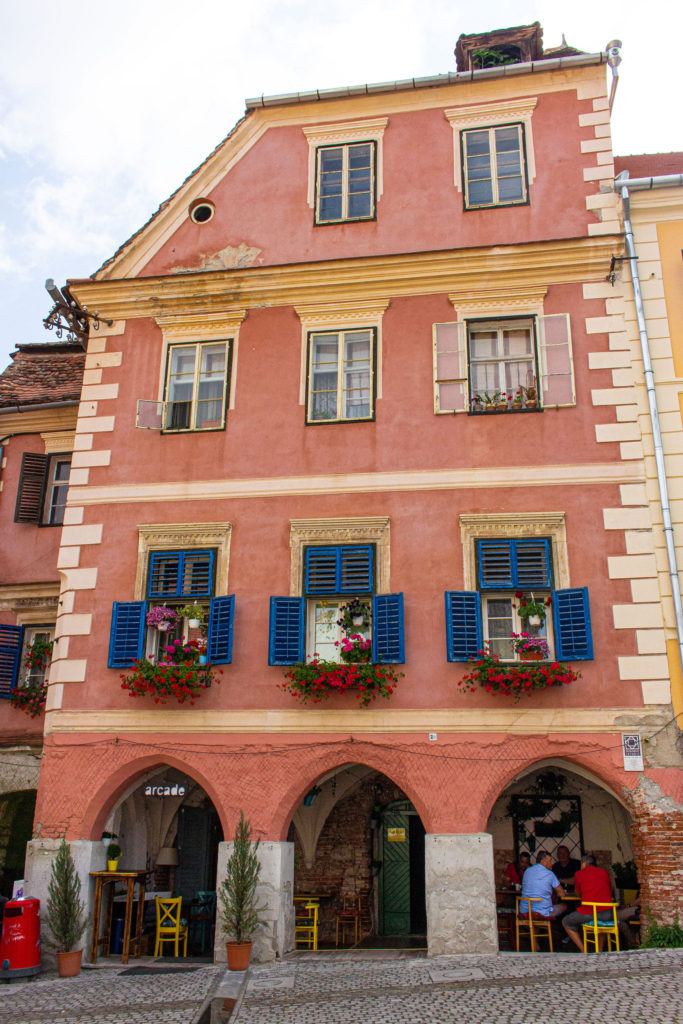
10 Fun Facts About Romania
- The Romanian language is 1700 years old and is one of five romance languages spoken in the world.
- It’s impossible to miss the Parliament Palace in Bucharest. It’s the heaviest building in the world and the second largest!
- Despite Romania’s recent communist past, 82% of the population identifies as religious, with 70% identifying as Romanian Orthodox, a more mystical-leaning branch of Christianity.
- Do you like espresso? Francesco Illy, the founder of the world famous Illycaffe and the inventor of the automatic steam espresso coffee machine is from present day Timisoara, Romania.
- The tallest wooden church in the world is in Maramures (and if that isn’t enough to pique your interest, it’s also coated in 8.5 kilos of gold!)
- Ever watched an Olympic Games gymnastics meet? Romanian gymnast Nadia Comaneci won the first ever perfect 10!
- Romania has one of the largest populations of Roma in the world, and some of them live in palaces built with ornate metal roofs resembling castle towers.
- The Danube Delta is the best-preserved delta in Europe. The river ends in Romania before spilling into the Black Sea.
- Top Gear’s Jeremy Clarkson named Romania’s Transfagarasan Highway the world’s most beautiful road in 2010.
- Bottoms up! Romania is the fifth booziest country in the world, the ninth biggest beer producer in Europe, and the 13th largest wine producer in the world.
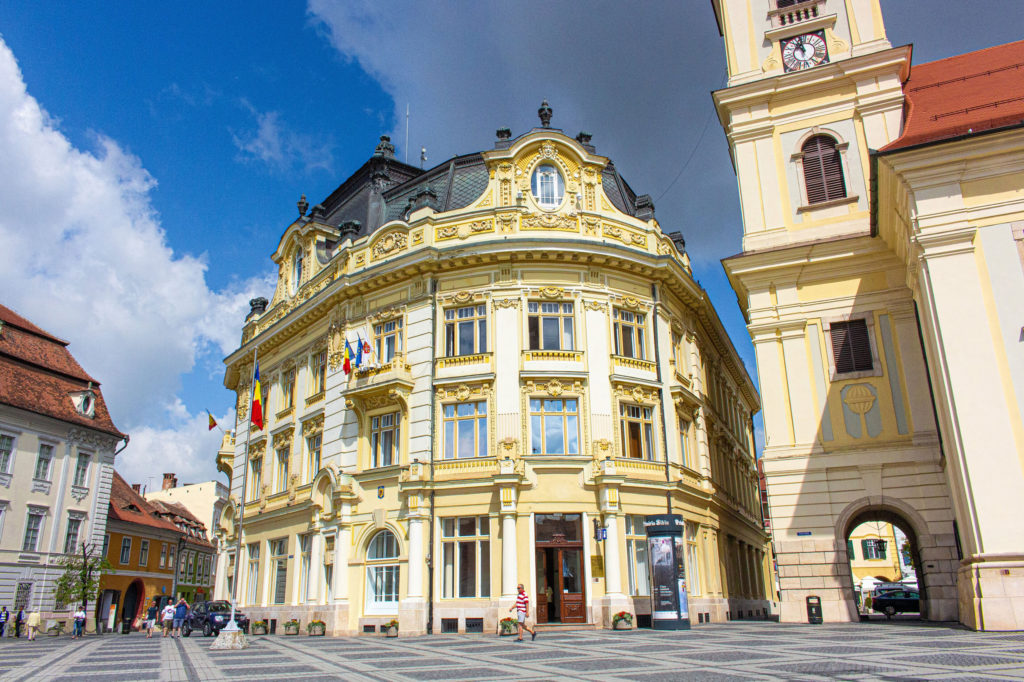
What is Romanian culture like?
When is the best time to visit Romania?
If you’re looking for mild temperatures and plenty of sunshine, mid-May to mid-September is the best time to visit! While this is peak tourism season in Romania, we didn’t find any sights to be overcrowded.
Winter is also a nice time to visit if you want to take advantage of skiing or lower prices on lodging and entrances to Romania’s sights.
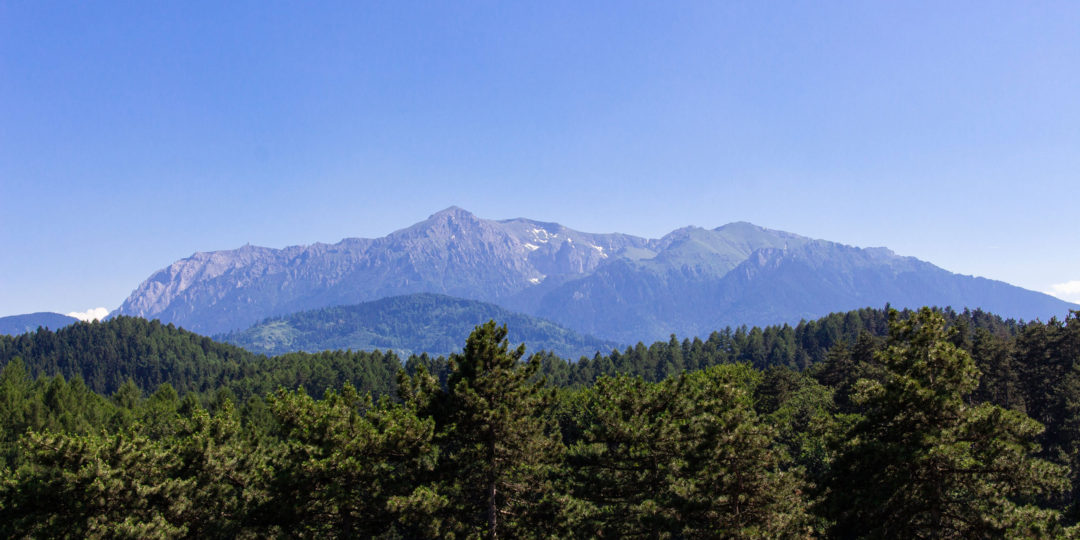
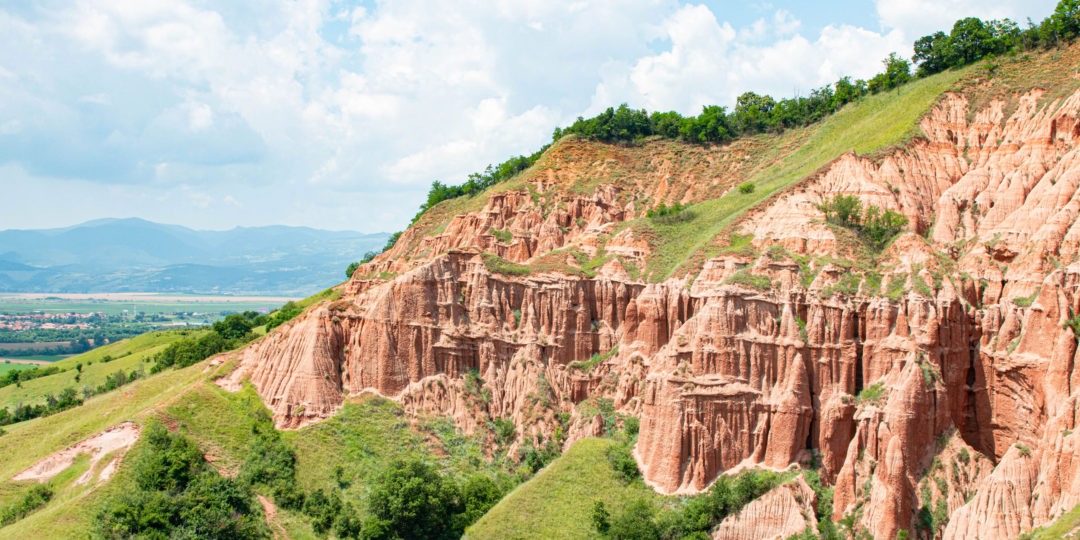
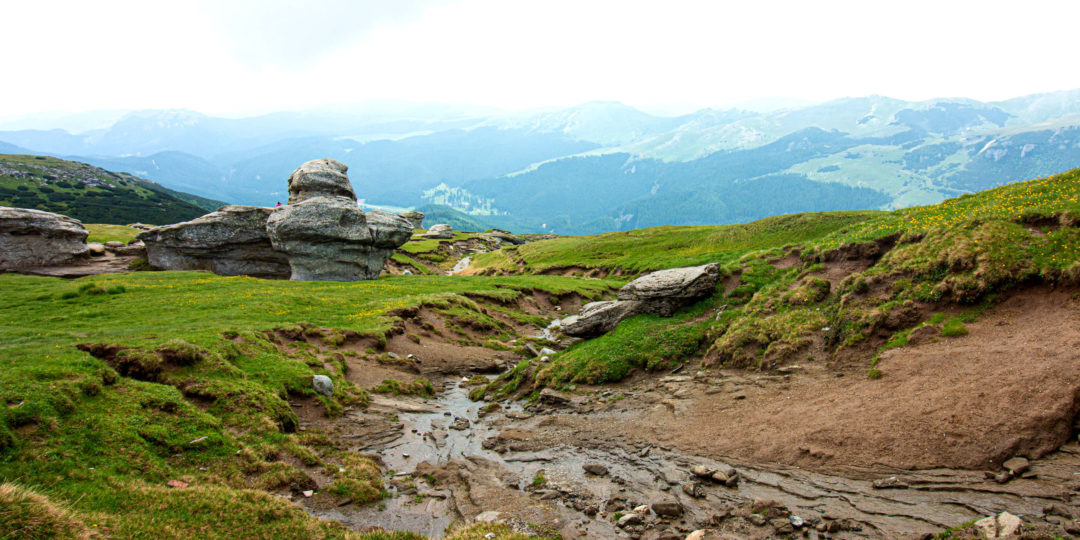
What are Romania's landscapes like?
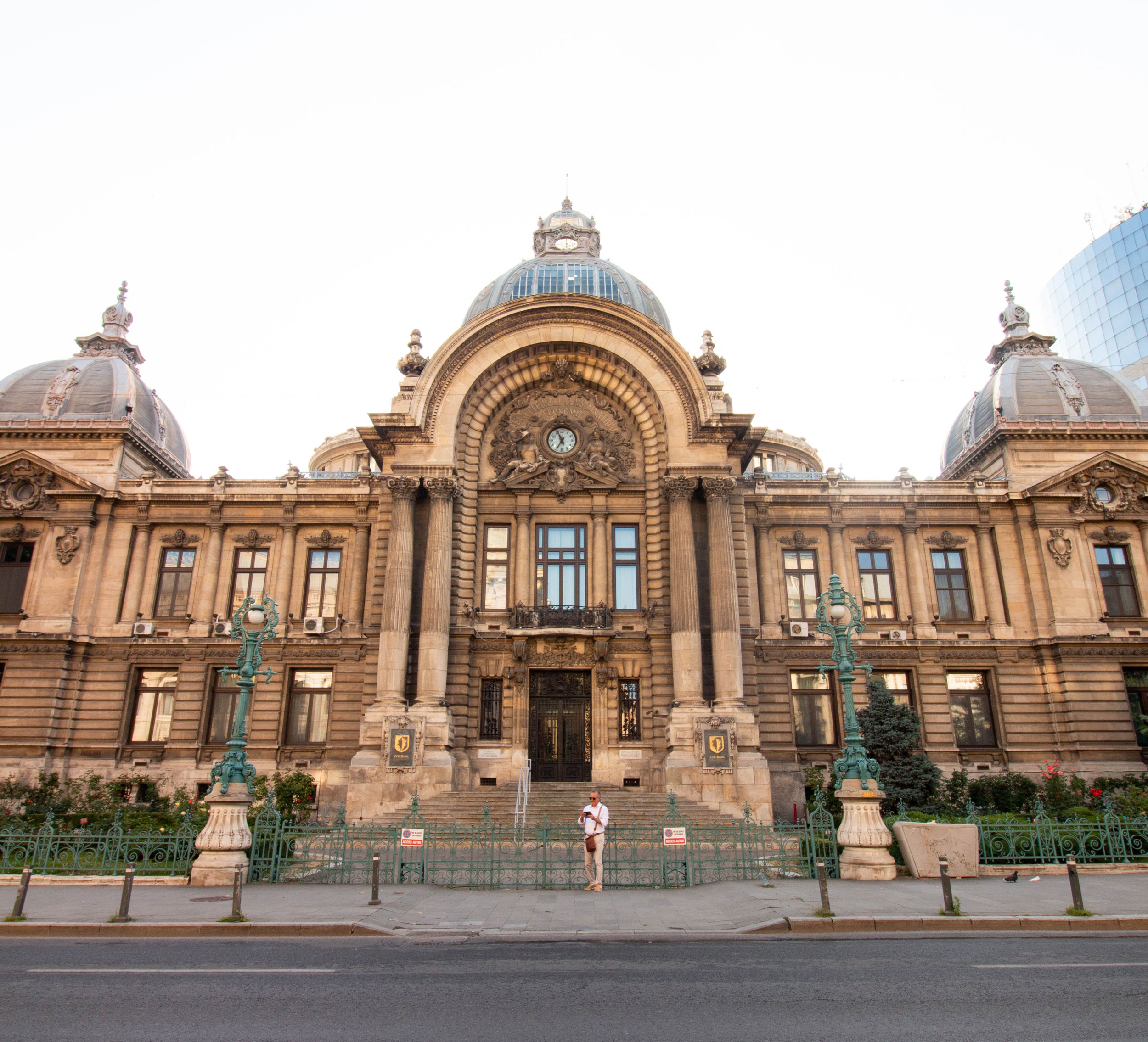
What do they eat in Romania?
Remember all those empires that once occupied Romania? They definitely shine through in Romanian cuisine. Baklava from the Ottoman Empire, schnitzel from the Austrians, and musaca from the Greeks to name a few. Other stars of Romanian cuisine include pork, cabbage, and roasted vegetables.
Jot down these must-try dishes:
- Ciorba Radauteana – a soul warming chicken soup
- Jumari cu ceapa – fried bacon bits
- Cozonac – a sweet bread filled with a sweet walnut paste, poppy seeds, or Turkish delight
- Mucenici – sweet dough rolls topped with honey and walnut paste
- Zacusca – a delicious vegetable dip made with eggplant
- Parjoale Moldovenesti – meatballs from Moldavia
- Mamaliga – Romanian polenta
- Mici – grilled meat rolls
- Papanasi – cottage-cheese filled donuts topped with jams
- Iahnie cu ciolan – beans with smoked pork hock
- Sarmale – cabbage rolls
Are vampires and Count Dracula really from Romania?
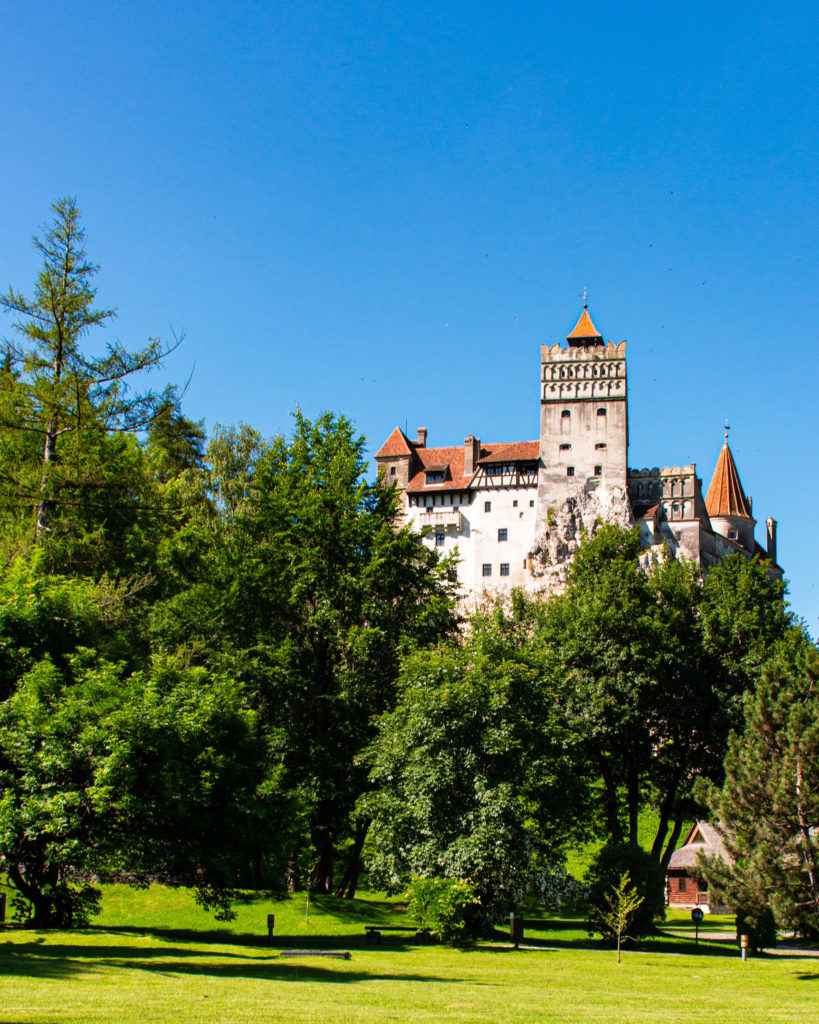
Maybe this will be a relief, or maybe this will be a disappointment: there are no vampires in Romania. Your blood is safe here.
Count Dracula is a fictional character based on the ruthless Romanian leader, Vlad the Impaler. He was the son of Vlad II Dracul and is most famous for three things: reclaiming the country from the corrupt boyars, saving Wallachia (present-day Transylvania) from Ottoman invaders, and doing so through barbaric acts (read: impaling his enemies and leaving them to die).
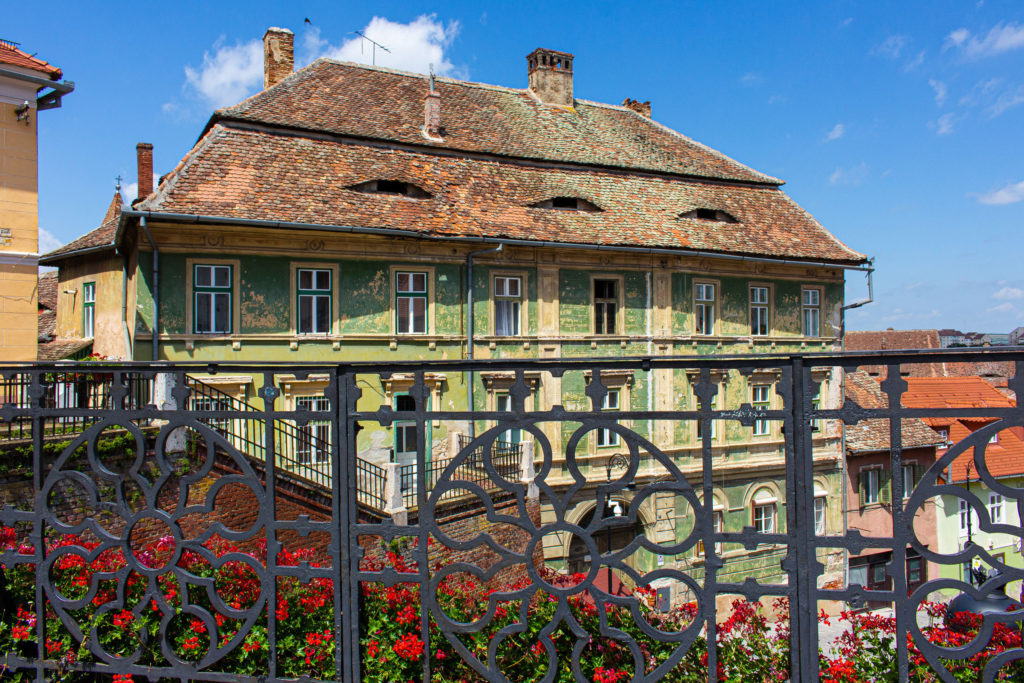
Can you still find folk art in Romania?
If you love woven wool rugs, pottery, and wood carvings, you’ll definitely love it here. Traditional folk art is still strong in Romania. Even the traditional attire showcases their handiwork through the elaborate embroidery, intricate trimmings, and use of tiny glass beads.
During your time in Romania, we hope you also get to enjoy folk music. Many Romanian folk musicians are Roma, and the music can be mournful but still quite beautiful.
In June, Bucharest hosts a multi-day folklore festival. But on an average day, Romanian folk art traditions are strongest in the Maramures region.
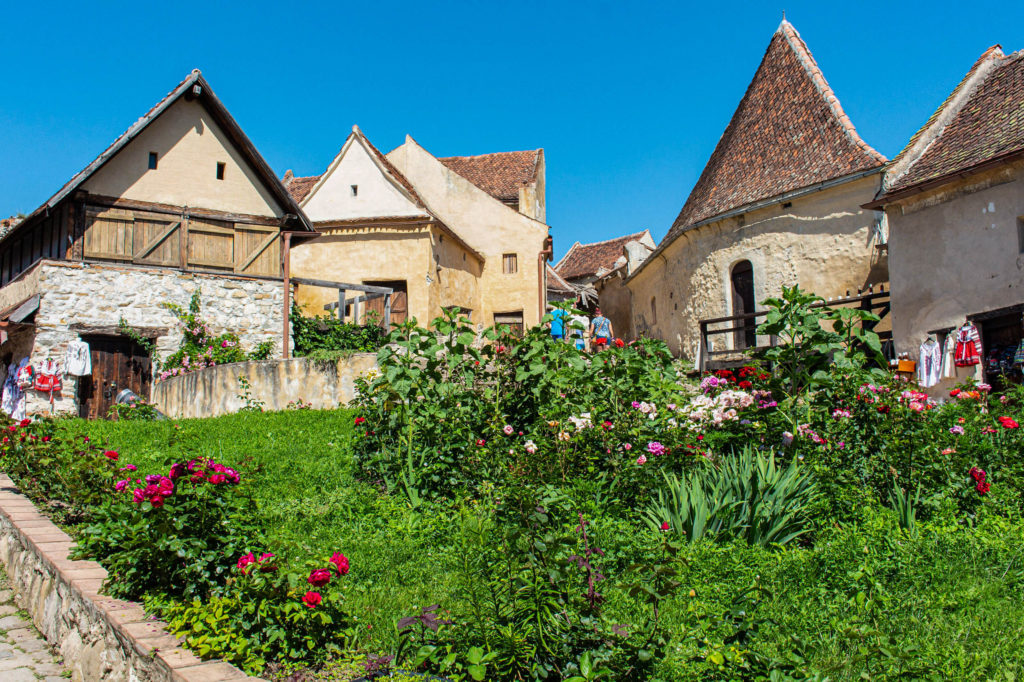
What do they wear in Romania?
In the cities, expect to see a Western-style aesthetic, but many Romanians still rock their traditional garb. Especially in rural areas, you’ll see women wearing wool skirts and embroidered vests. Men will wear white blouses with cinched pants, a wool or leather belt, and a cap or hat. In the Summer, men wear straw hats to beat the heat.
Fun fact: The embroidery patterns on the vests and the straw hats change according to the region!
Hairstyles can be another traditional way to show off regional pride, but it can also be a sign of marital status. Unmarried women wear their hair in braids while married women may cover their heads with cloths called ‘naframa’.
Let’s not forget the country’s large Roma population. You may see them around dressed in bright colors. Women may have flowing skirts while men may have white shirts with colorful sashes.
Culture alert: Learn how to make straw hats at the Straw Hat Museum! It’s housed in a 100-year old peasant house.

